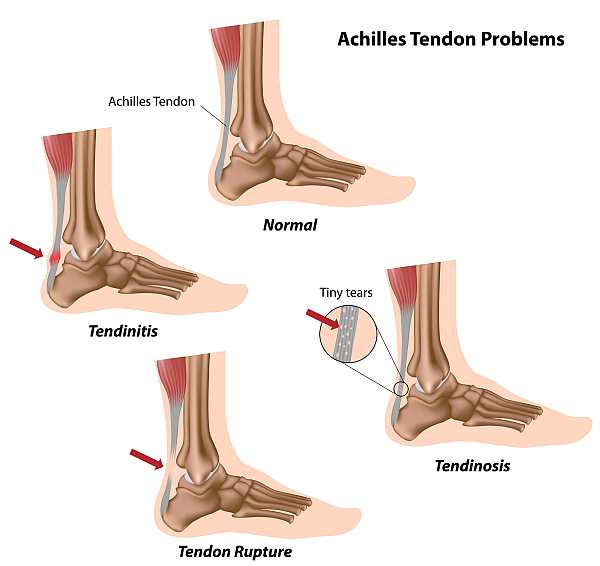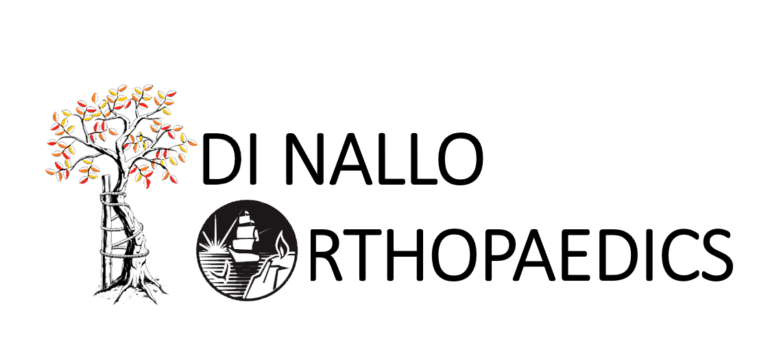ACHILLES TENDINOPATHY
The Achilles tendon is located at the back of your calf (the back of the lower part of your leg) and connects these muscles to the heel bone. Its main function is to help you to push up on your tiptoes. Achilles tendinopathy is an overload injury to this tendon. The tendon suffers small tears which do not repair as well as they should, causing pain.
The typical symptoms include pain, stiffness and swelling of the back of the heel. Pain is often present first thing in the morning or when you begin to walk after resting for a period of time. You may notice the pain worsens after intense activities like walking or running. In some cases, the tendon may become warm, tender to touch and swollen in appearance.
The causes of Achilles tendinopathy are not fully understood, but there are many factors that can contribute to it, including:
-
Overweight
-
Tight or weak calf muscles
-
Stiff ankle joints
-
Sudden increase in activity levels, for example, running, walking, playing sports
-
Poor training planning, such as excessive hill running
-
Mal-alignment of the lower limbs
-
Medication
-
Metabolic disorders

To reduce pain in the short term you can try the following:
-
Reduce activities on your feet such as prolonged walking or running. Non-contact activities like cycling or swimming are recommended
-
Analgesics may be used to provide short term pain relief
-
Ice: applying ice for 10 min every 3 hours, wrapped in a towel, can help with pain and swelling in the early stages
-
Choosing supportive footwear, rather than flat shoes can help in relieving pain
